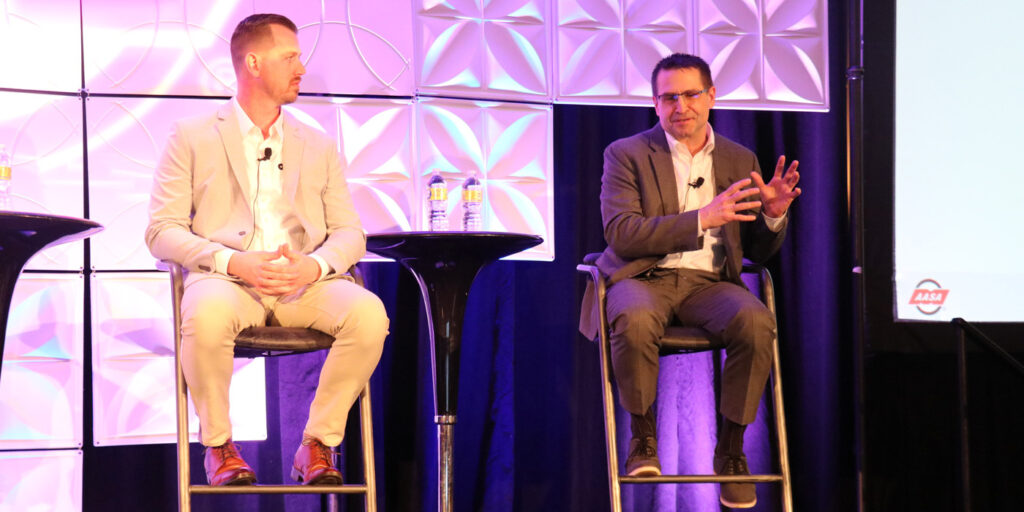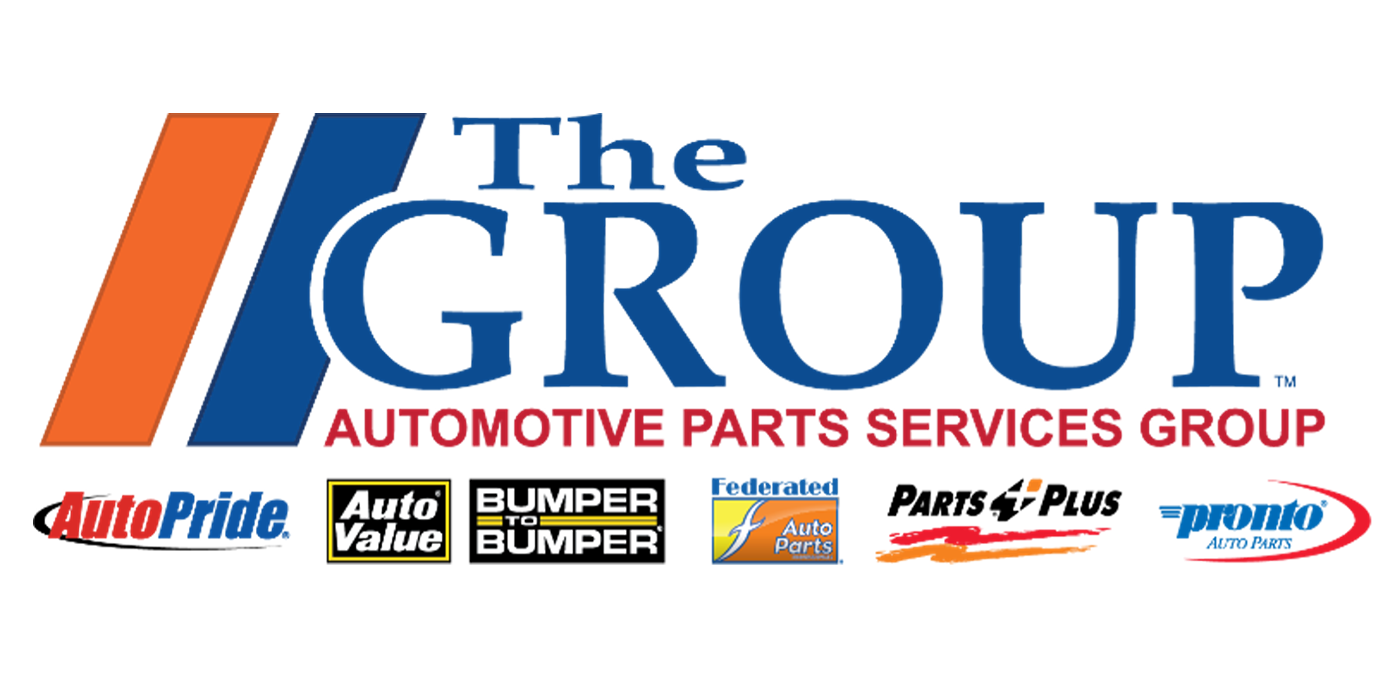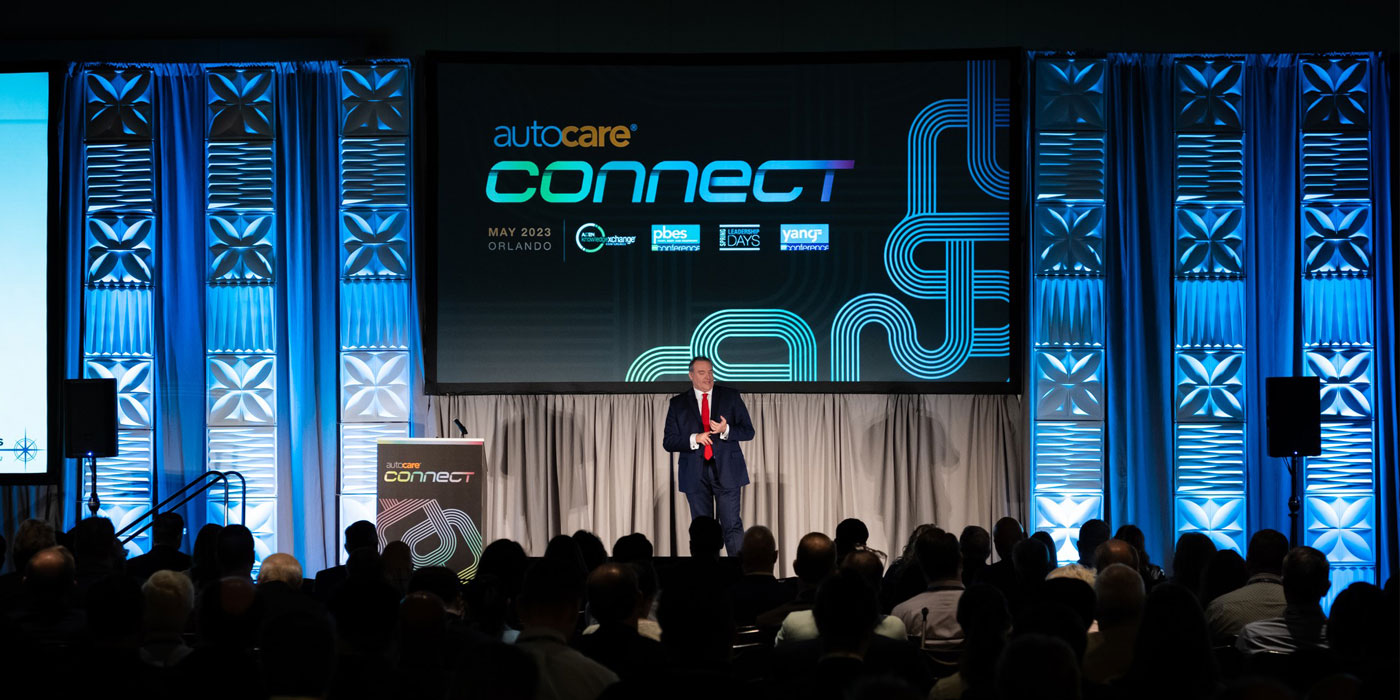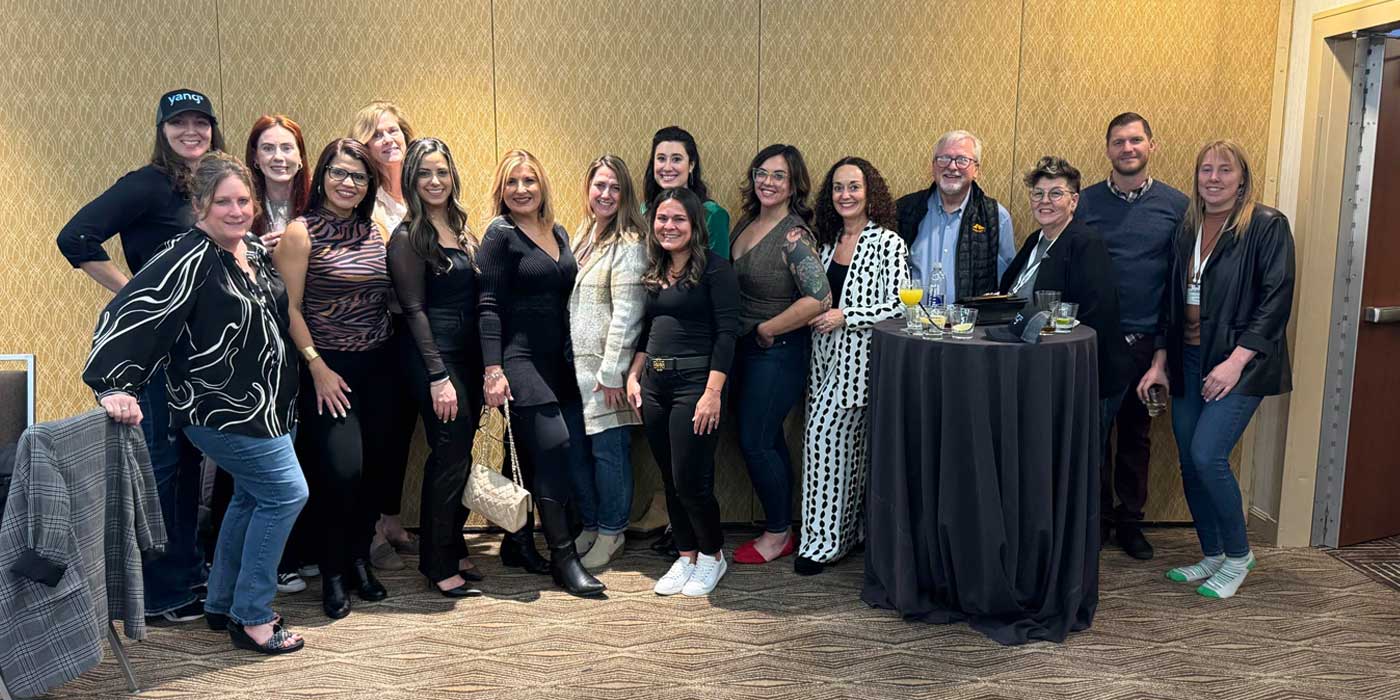
By now we’re all well-aware of how the pandemic turbocharged the adoption of online shopping.
According to the Auto Care Association and the Automotive Aftermarket Suppliers Association (AASA), e-commerce adoption in the automotive aftermarket grew from 6.5% in 2018 to 12.1% in 2021, representing a nearly 100% increase.
At the AASA Vision Conference in Dearborn, Michigan, a panel was set to debate whether that level of pandemic-induced e-commerce growth is sustainable in the future.
As it turns out, there wasn’t much of a debate.
“We’ve set an expectation during the pandemic with e-commerce that I don’t think we go back from there,” asserted Eric Lough, VP, business development, for FCP Euro. “I think we only go forward. I believe that our customers not only want to be served that way online, but they now expect to be served that way online.”
Brent Berman, vice president, repair products, for First Brands Group, agreed, adding that e-commerce has become a legitimate sales channel that the aftermarket needs to take seriously.
“We all remember when the independent aftermarket expanded into the retail segment … and we had to manage those channels. We had to create those mechanisms in our four walls to manage those channels,” Berman said. “And I think we all have to look at [the online] channel. We expect continued growth; I think everyone sees it. We have to manage the content, the people – it’s different people. It’s not the same as the salesperson driving around in Texas; it’s a different engagement. I think we have to assess those teams and build those teams out if we want to participate in the channel properly.”
With Hedges & Co. forecasting that online sales of auto parts in the United States could hit $38 billion in 2022 (a 9.7% year-over-year increase), the online channel certainly can’t be ignored. Still, simply having an online presence isn’t enough, the panelists insisted.
“I think the days of being transactional online – that doesn’t work anymore, Lough said. “We can’t be there just to sell auto parts to our customers and say we’ve done a good job. We need to be there to solve their problems. Selling parts is just one piece, or just a sliver, literally, of that entire experience for our customers.
“So I think where we go from here is creating solutions for our customers online, with automotive parts being just one piece of the puzzle.”
When we talk about the aggressive adoption of online shopping over the past two years, the image of the pandemic DIYer – stuck at home with nothing but time and cash on their hands – immediately comes to mind. But Chris Gardner, senior vice president of operations for AASA, noted that there seems to be “growing appetite” for online ordering on the DIFM side as well.
Berman agreed, adding that “the habits are already there – maybe more than we think.”
A big reason for the growth of e-commerce adoption on the DIFM side is the “generational shift” that’s been taking place in recent years, Lough asserted. Shop owners are retiring and handing over their businesses to their sons and daughters, who have grown up in the age of smartphones and Amazon.
“I think the generational shift, the [pandemic-driven] forcing function of buying online and the technology have all got to the point where we’re seeing this perfect storm where shops are finding it advantageous to buy online and to service their customers and gain that efficiency,” Lough said. “Because how does the shop make money? Well, it’s throughput. Every minute that that lift isn’t used, that’s an opportunity cost. So I think we’re really seeing shops be more in tune and amenable to buying online.”
For parts sellers and suppliers, one of the key challenges in this increasingly digital marketplace is preserving the brand equity they’ve worked so hard to build through decades of doing business. As e-commerce sales continued to grow, how can aftermarket players avoid being commoditized?
“I think what’s going to happen is that e-tailer or that brick-and-mortar – or click-and-mortar – kind of [parts] store will win, just like in any retail business, with the service, with the smile on their face, with the dependability, the reliability and things like that,” Berman added. “That’s kind of the way I think about that. And the technicians and the shop owners will tell us over the course of the next few years who’s doing a job good.”
Lough believes it’s all about partnerships.
“When you’re dealing with a pandemic, supply chain shortages, price increases, it’s very easy to start pointing figures and getting frustrated, instead of leaning in and saying, ‘Look, I know you’re having a tough time. We’re having a tough time too. How do we have a tough time together for our customer and really grow a partnership here so that I’m bringing value to you, you’re bringing value to me, so we can both bring value to our customers?’
“I think that’s how you kind of differentiate your brand and add value to it. I don’t think you do it in a silo. I think you do it as a partnership with your manufacturers and with your vendors.”














